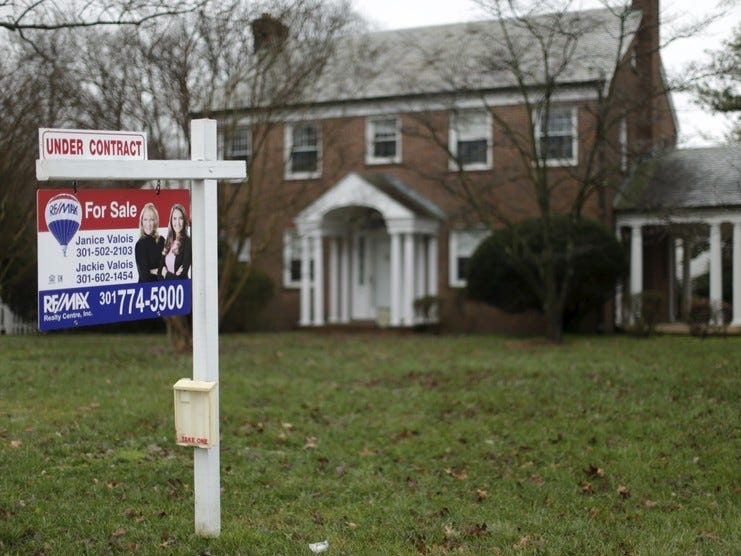The U.S. housing market faces unprecedented stagnation, with recent data revealing a significant freeze in activity despite increasing inventory. This persistent logjam challenges traditional supply-demand dynamics within the US economy, particularly impacting prospective homeowners navigating complex real estate trends.
New figures from the National Association of Realtors (NAR) underscore the severity of the situation. Pending home sales experienced a slight dip of 0.8% from May to June, compounding a more substantial 2.8% year-over-year decline. This indicates a continuing reluctance among buyers to commit, even as conditions evolve.
NAR’s Pending Home Sales Index (PHS), a crucial barometer of housing contract activity, reflects this downturn. It meticulously tracks signed real estate contracts for existing single-family homes, condos, and co-ops, providing a comprehensive view of the national housing market’s health.
Counterintuitively, the June decline in sales isn’t due to a scarcity of homes. The number of listed properties has actually risen, yet home prices reached an all-time high last month. This paradoxical scenario highlights sellers’ resistance to lowering prices, often opting to withdraw from the market instead of accepting diminished offers.
This persistent rise in home prices perpetuates a challenging environment for buyers. As NAR Deputy Chief Economist Jessica Lautz notes, affordability issues have sidelined potential purchasers for over two and a half years, leaving them awaiting a market reprieve that has yet to materialize.
The strain is particularly acute for first-time buyers, many of whom are younger individuals. A growing segment of Generation Z, in particular, expresses diminishing hope of ever owning a home, primarily due to soaring prices and elevated mortgage rates that stretch their financial limits.
While the national outlook paints a grim picture, not all regions mirrored the decline. The Northeast saw a modest 2% increase in pending home sales from the previous month, suggesting localized resilience. However, the West experienced a nearly 4% drop, with the Midwest and South also reporting decreases of 0.8% and 0.7%, respectively.
NAR Chief Economist Lawrence Yun emphasized the broader implications, stating that the data confirms a pattern of minor contract signing declines even as market inventory expands. This ongoing disparity continues to define the current housing market, presenting significant challenges for both buyers and sellers.






Leave a Reply